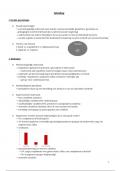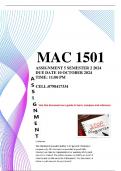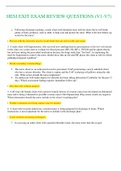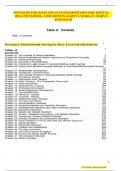Essay
Unit 21 Applied Science BTEC aims AB and C up to Distinction level (Distinction achieved on the assignment)
- Institution
- PEARSON (PEARSON)
I achieved Distinction in both assignments, they include list of references and the plagiarism score for both is of 3%. Feel free to take any amount of information possible from this work.
[Show more]












